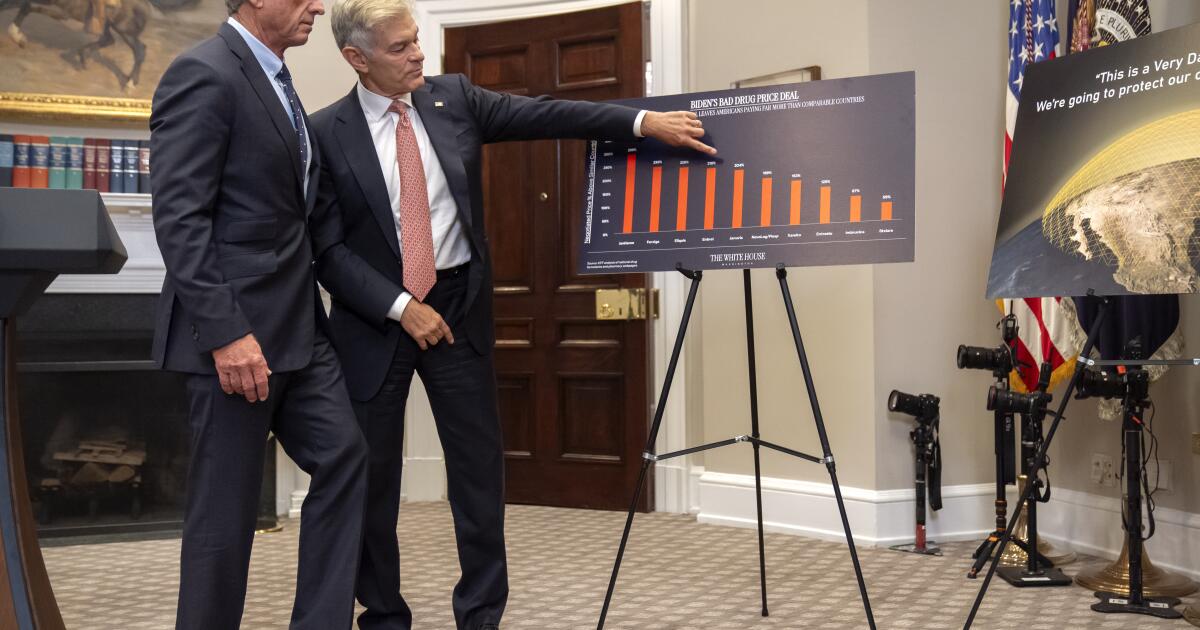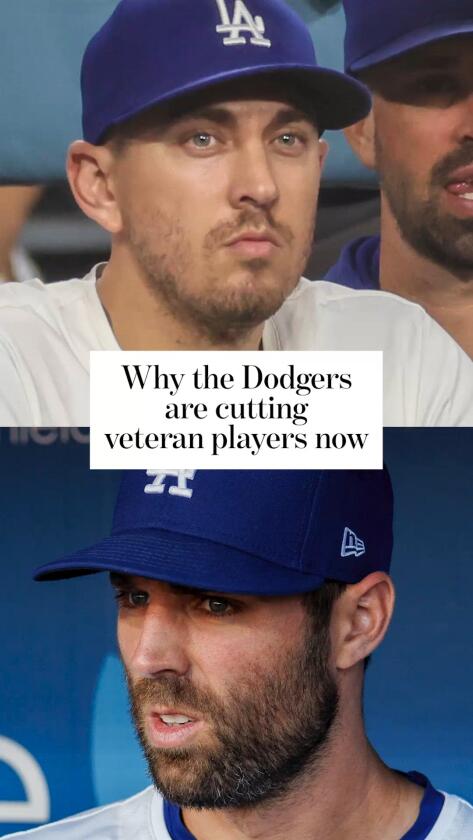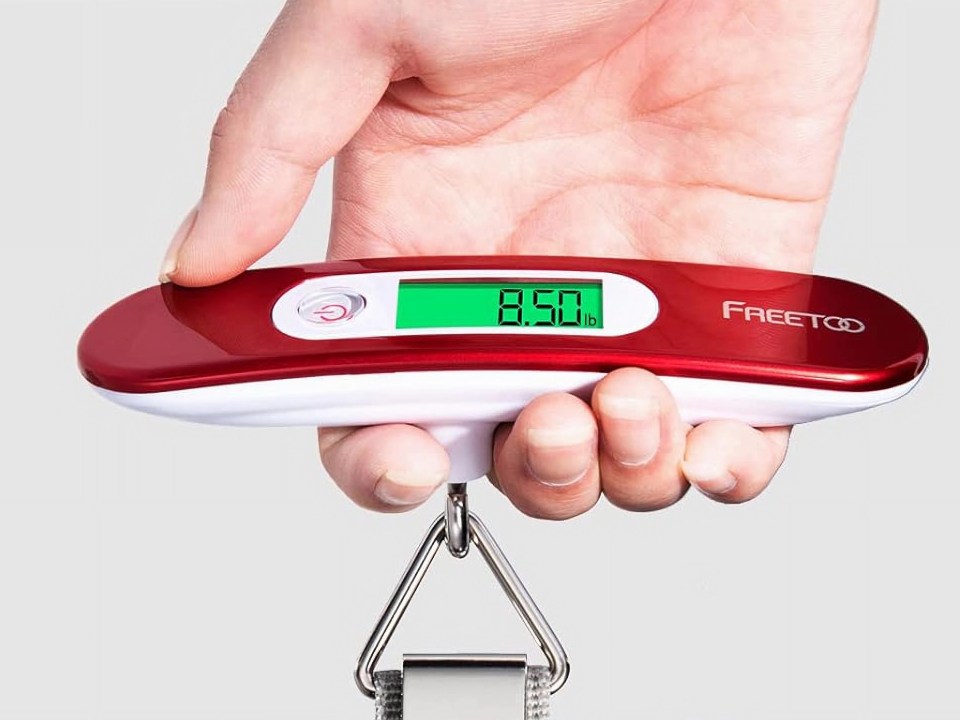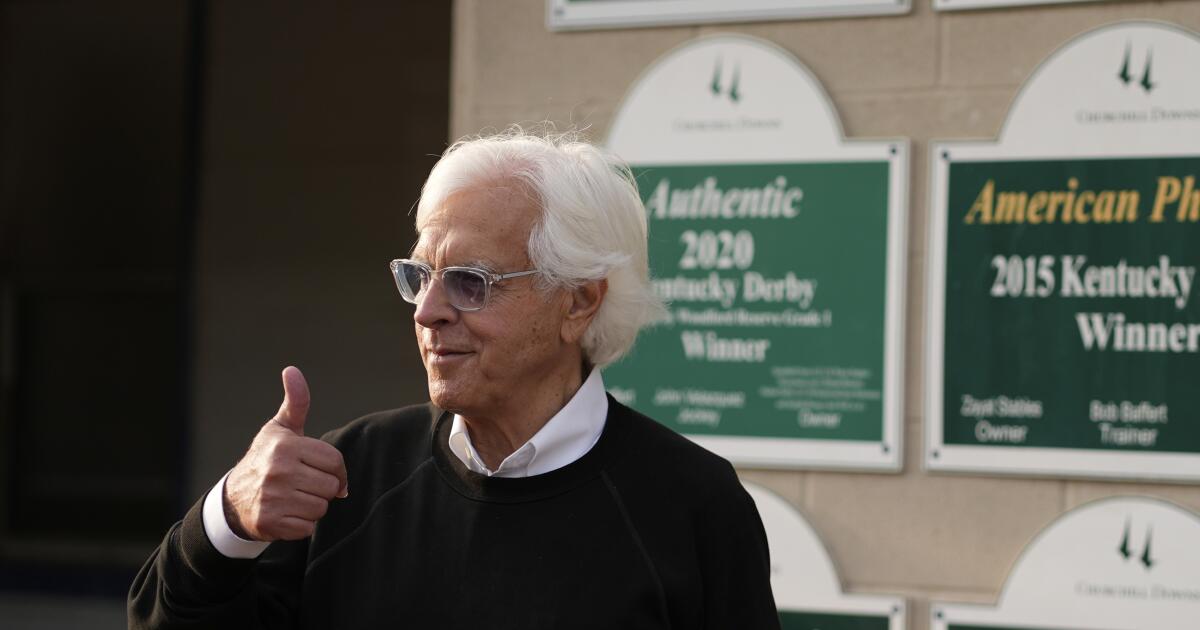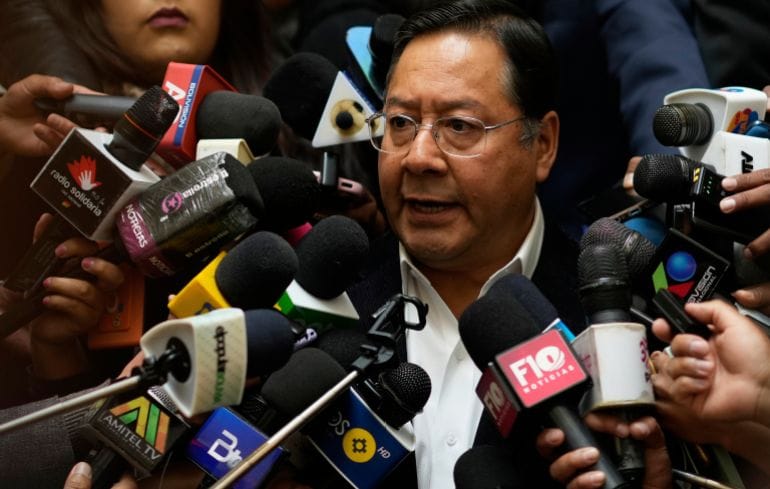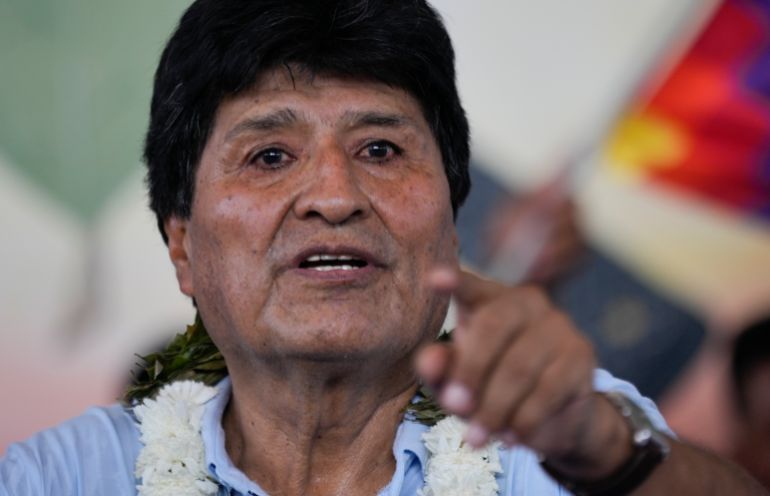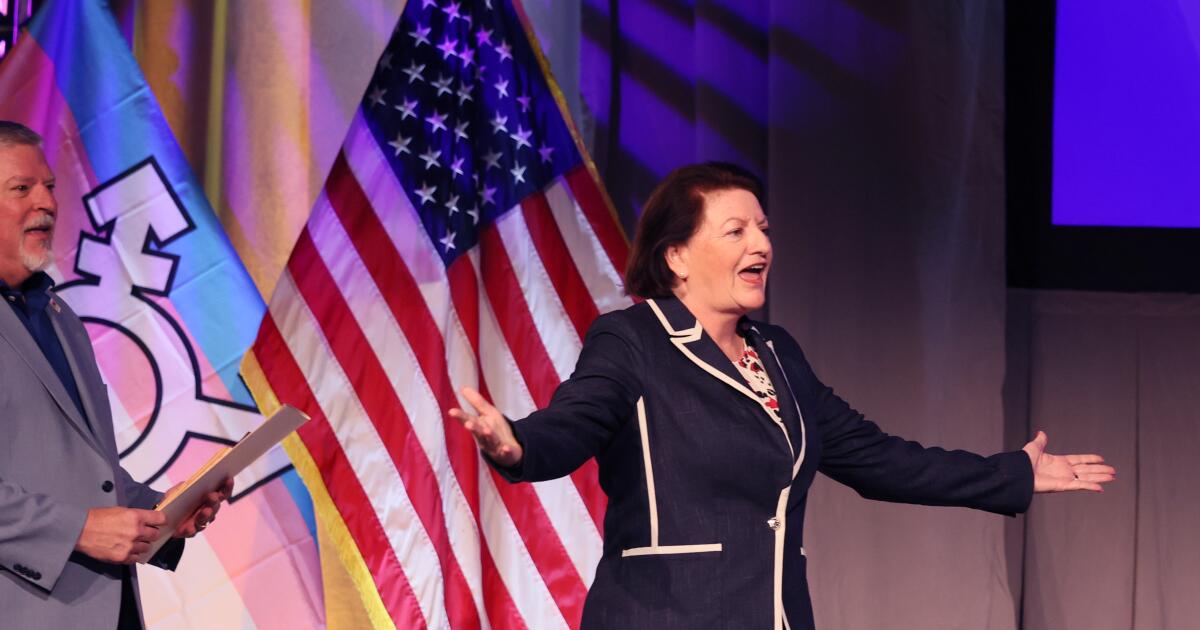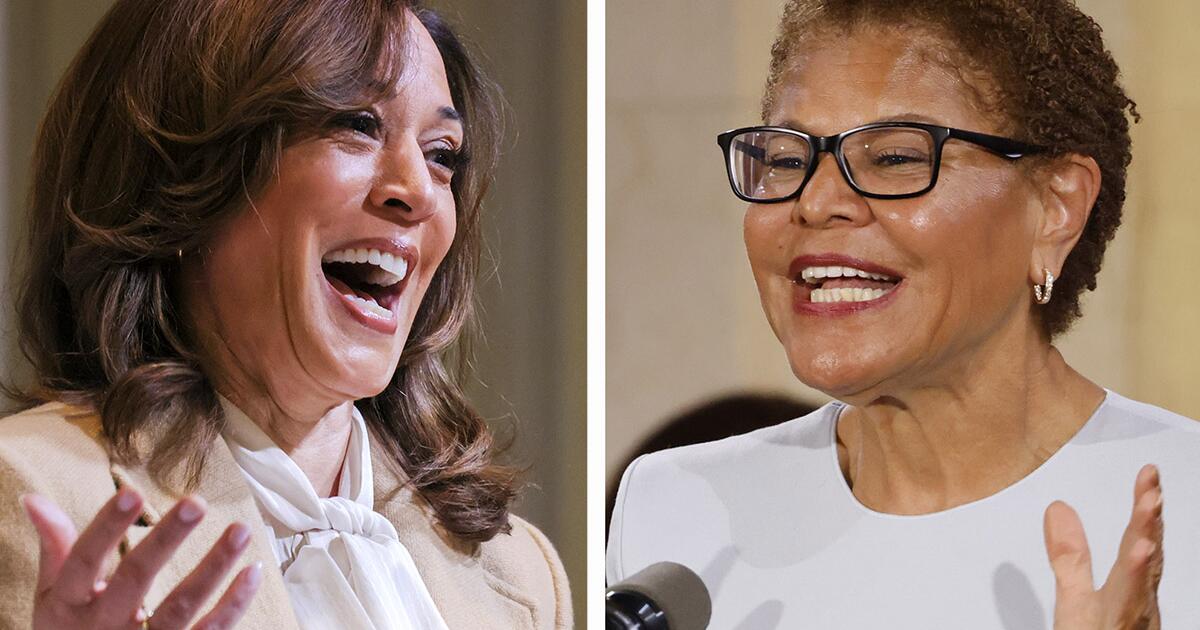As California positions itself as a leader on climate change, former Los Angeles mayor and gubernatorial candidate Antonio Villaraigosa is pivoting away from his own track record as an environmental champion to defend the state’s struggling oil industry.
Villaraigosa’s work to expand mass transit, plant trees and reduce carbon emissions made him a favorite of the environmental movement, but the former state Assembly speaker also accepted more than $1 million in campaign contributions and other financial support from oil companies and other donors tied to the industry over more than three decades in public life, according to city and state fundraising disclosures reviewed by The Times.
Since entering the race last year to replace Gov. Gavin Newsom, Villaraigosa has accepted more than $176,000 from donors with ties to the oil industry, including from a company that operates oil fields in the San Joaquin Valley and in Los Angeles County, the disclosures show.
The clash between Villaraigosa’s environmentalist credentials and oil-industry ties surfaced in the governor’s race after Valero announced in late April that its Bay Area refinery would close next year, not long after Phillips 66 said its Wilmington refinery would close in 2025.
Villaraigosa is now warning that California drivers could see gas prices soar, blasting as “absurd” policies that he said could have led to the refinery closures.
“I’m not fighting for refineries,” Villaraigosa said in an interview. “I’m fighting for the people who pay for gas in this state.”
The refineries are a sore spot for Newsom and for California Democrats, pitting their environmental goals against concerns about the rising cost of living and two of the state’s most powerful interest groups — organized labor and environmentalists — against each other.
Villaraigosa said Democrats are letting the perfect be the enemy of the good in their approach to fighting climate change.
He said he hoped no more refineries would close until the state hits more electrification milestones, including building more transmission lines, green-energy storage systems and charging stations for electric cars. The only way for the state to reach “net zero” emissions, he said, is an “all-of-the-above” approach that includes solar, wind, geothermal, hydroelectric, nuclear power and oil and gas.
“The notion that we’re not going to do that is poppycock,” Villaraigosa said.
Villaraigosa’s vocal support for the oil industry has upset some environmental groups that saw him as a longtime ally.
“I’m honestly shocked at just how bad it is,” said RL Miller, the president of Climate Hawks Vote and the chair of the California Democratic Party’s environmental caucus, of the contributions Villaraigosa has accepted since entering the race in July.
Miller said Villaraigosa signed a pledge during his unsuccessful run for governor in 2018 not to accept campaign contributions from oil companies and “named executives” at fossil-fuel entities. She said he took the pledge shortly after accepting the maximum allowable contributions from several oil donors in 2017.
Miller said that more than $100,000 in donations that Villaraigosa has accepted in this gubernatorial cycle were clear violations of the pledge.
That included contributions from the state’s largest oil and gas producer, California Resources Corp. and its subsidiaries, as well as the founder of Rocky Mountain Resources, a leader of the oil company Berry Corp., and Excalibur Well Services.
“This is bear-hugging the oil industry,” she said.
Environmental activists view the pledge as binding for future campaigns. Villaraigosa said he has not signed it for this campaign.
The economy is dramatically different than it was in 2018, Villaraigosa said, and working-class Americans are being hammered, which he said was a major factor in recent Democratic losses.
“We’re losing working people, particularly working people who don’t have a college education,” he said. “Why are we losing them? The cost of living, the cost of gas, the cost of utilities, the cost of groceries.”
Thad Kousser, a political science professor at UC San Diego, said such statements are consistent with Villaraigosa’s messaging in recent years.
“Villaraigosa is squarely in the moderate lane in the governor’s race. That doomed him in 2018, when voters wanted to counterbalance President Trump and Villaraigosa was outflanked by Newsom,” Kousser said. “But today, even some Democrats may want to counterbalance the direction that they see Sacramento taking, especially when it comes to cost-of-living issues and the price of gas.”
He added that the fossil-fuel donations may not be the basis for Villaraigosa’s apparent embrace of oil and gas priorities.
“When a politician takes campaign contributions from an industry and also takes positions that favor it, that raises the possibility of corruption, of money influencing votes,” Kousser said. “But it is also possible that it was the politician’s own approach to an issue that attracted the contributions, that their votes attracted money but were not in any way corrupted by it. That may be the case here, where Villaraigosa has held fairly consistent positions on this issue and consistently attracted support from an industry because of those positions.”
Other Democrats in the 2026 governor’s race, including Lt. Gov. Eleni Kounalakis, former U.S. Rep. Katie Porter, former state Controller Betty Yee and Superintendent of Public Instruction Tony Thurmond, have signed the pledge not to accept contributions from oil industry interests, Miller said.
Former California Senate President Pro Tem Toni Atkins, former Health and Human Services Secretary Xavier Becerra and businessman Stephen Cloobeck have not. (Cloobeck has never run for office before and has not been asked to sign.)
Other gubernatorial candidates have also accepted fossil-fuel contributions, although in smaller numbers than Villaraigosa, state and federal filings show.
Becerra accepted contributions from Chevron and California Resources Corp., formerly Occidental Petroleum, while running for attorney general. Atkins took donations from Chevron, Occidental and a trade group for oil companies while running for state Assembly and state Senate. And while running for lieutenant governor, Kounalakis took contributions from executives at oil and mining companies.
Campaign representatives for the two main Republican candidates in the race, Riverside County Sheriff Chad Bianco and conservative commentator Steve Hilton, said they welcomed oil-industry donations.
Villaraigosa is a fierce defender of his environmental record dating back to his first years as an elected official in the California Assembly.
As mayor of Los Angeles from 2005 to 2013, Villaraigosa set new goals to reduce emissions at the Port of Los Angeles, end the use of coal-burning power plants and shift the city’s energy generation toward solar, wind and geothermal sources.
The child of a woman who relied on Metro buses, he also branded himself the “transportation mayor.” Villaraigosa was a vocal champion for the 2008 sales tax increase that provided the first funding for the extension of the Wilshire Boulevard subway to the Westside.
But, he said, Democrats in 2025 have to be realistic that the refinery closures and their goals of reducing greenhouse gas emissions could disproportionately affect low-income residents who are already struggling to make ends meet.
Villaraigosa’s comments underscore a broader divide among Democrats about how to fight climate change without making California even more expensive, or driving out more high-paying jobs that don’t require a college education.
Lorena Gonzalez, a former state lawmaker who became the leader of the California Labor Federation in 2022, said that while climate change is a real threat, so is shutting down refineries.
“That’s a threat to those workers’ jobs and lives, and it’s also a threat to the price of gas,” Gonzalez said.
California is not currently positioned to end its reliance on fossil fuels, she said. If the state reduces its refining capacity, she said, it will have to rely on exports from nations that have less environmental and labor safeguards.
“Anyone running for governor has to acknowledge that,” Gonzalez said.
Villaraigosa said that while the loss of union jobs at Valero’s Bay Area refinery worried him, his primary concern was over the cost of gasoline and household budgets.
His comments come as California prepares to square off yet again against the Trump administration over its environmental policies.
The U.S. Senate on Thursday voted to revoke a federal waiver that allowed California to set its own vehicle emission standards, including a rule that would have ultimately banned the sale of new gas-fueled cars in 2035. Villaraigosa denounced the vote, but said that efforts to fight climate change can’t come at the expense of working-class Americans.
President Trump has also declared a national energy emergency, calling for increased fossil-fuel production, eliminating environmental reviews and the fast-tracking of projects in potentially sensitive ecosystems and habitats. The Trump administration is also targeting California’s environmental standards.
Villaraigosa, an Eastside native, started his career as a labor organizer and rose to speaker of the state Assembly before becoming the mayor of Los Angeles. Now 72, Villaraigosa has not held elected office for more than a decade; he finished a distant third in the 2018 gubernatorial primary.
Over the years, donors affiliated with the fossil-fuel industry have contributed more than $1 million to Villaraigosa’s political campaigns and his nonprofit causes, including an after-school program, the city’s sports and entertainment commission and an effort to reduce violence by providing programming at city parks during summer nights, according to city and state disclosures.
More than half of the contributions and support for Villaraigosa’s pet causes, over $582,000, came during his years at Los Angeles City Hall as a council member and mayor.
In 2008, billionaire oil and gas magnate T. Boone Pickens donated $150,000 to a city proposition backed by Villaraigosa that levied a new tax on phone and internet use.
Pickens made the donation as his company was vying for business at the port of Los Angeles, which is overseen by mayoral appointees and was seeking to reduce emissions by replacing diesel-powered trucks with vehicles fueled by liquid natural gas.
The rest of the contributions and other financial support flowed to Villaraigosa’s campaign accounts and affiliated committees while he served in the Assembly and during his two gubernatorial runs. These figures do not include donations to independent expenditure committees, since candidates cannot legally be involved in those efforts.
Villaraigosa said that while such voters don’t subscribe to Republicans’ “drill, baby, drill” ethos, he slammed the Democratic Party’s focus on such matters and Trump instead of kitchen-table issues.
“The cost of everything we’re doing is on the backs of the people who work the hardest and who make the least, and that’s why so many of them — even when we were saying Trump is a threat to democracy — they were saying, yeah, but what about my gas prices, grocery prices, the cost of eggs?” he said.
Times staff writer Sandra McDonald in Sacramento contributed to this report.



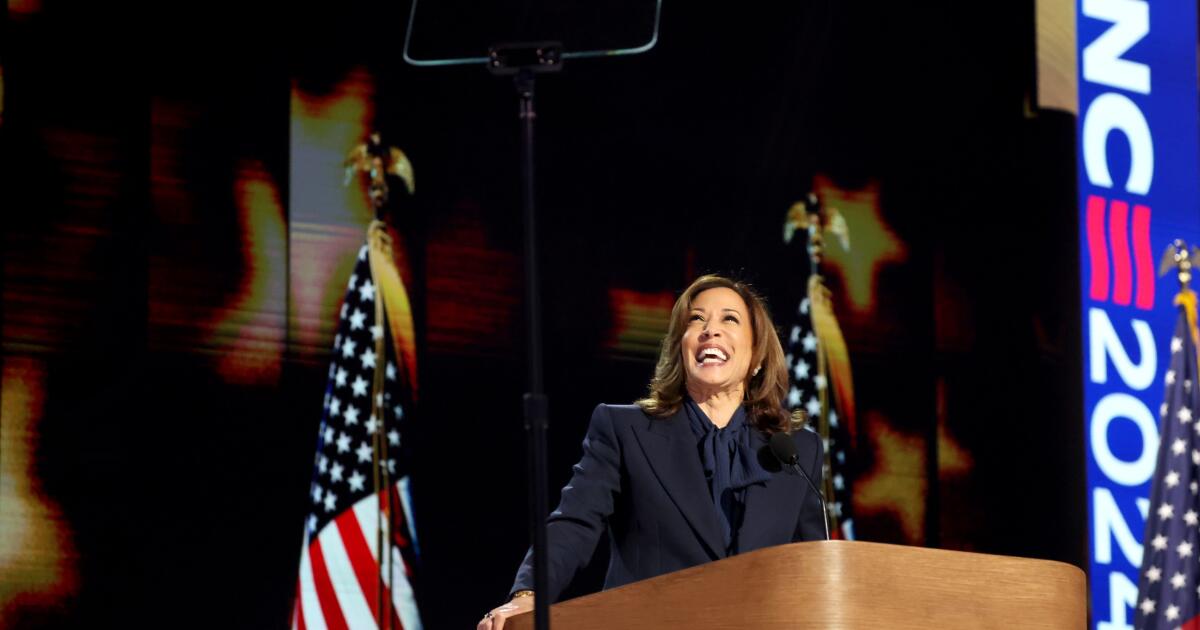



 Englishman Lando Norris won the Monaco Grand Prix from pole position Sunday, and narrowed the gap for the drivers’ championship series to three points.
Englishman Lando Norris won the Monaco Grand Prix from pole position Sunday, and narrowed the gap for the drivers’ championship series to three points.


